The middle eastern countries are characterised by a hot and dry climate, and so buildings and homes are traditionally constructed from thick ceramics with high insulation values to beat the heat. Houses are packed close together with high walls and ceilings, maximizing shade at ground level. The heat of direct sunlight is also minimized with small windows that face away from the sun. Another element that Persian architects incorporate in their structures are windcatchers.
A windcatcher is a high tower built on the roof whose purpose is to cool the interior of the building by improving air circulation. Windcatchers are thought to have originated from Persia and from there the ingenious design spread throughout the Middle East, Pakistan and Afghanistan. They have been in use for many millennia - examples of windcatchers have been found in traditional Egyptian architecture as ancient as the days of the pharaohs, 1300 years before Christ.

Wind catchers at Madinat Jumeirah. Photo credit
Windcatchers functions pretty much like modern air conditioning system. At the top of the windcatcher are several directional ports – usually four open towards four direction. When the port facing the prevailing wind is opened, air is pushed down the shaft and into the building. At the base of the tower is a pool of water provided by aqueducts called qanat, over which the air is allowed to pass. As the warm air passes over the surface of the water, the air cools through evaporative cooling. At night, cold air is sucked into the house thereby cooling it naturally.
Windcatchers can also act in reverse. By closing all ports but the one facing away from the incoming wind, air is drawn upwards using a combination of Bernoulli's Principle and Coanda effect. The negative pressure pulls hot air down into the qanat tunnel and is cooled by coming into contact with the cool earth and cold water running through it. At this point, the cooled air is introduced into the building. By facing windcatchers away from the wind, dust and sand blowing in from the desert can also be kept away from buildings.
Windcatchers are so effective that they are routinely used as a refrigerating device, in the form of ice houses in many parts in Iran. Many traditional water reservoirs (ab anbars) are built with wind catchers that are capable of storing water at near freezing temperatures for months in summer.
Recently many western architecture has adopted the windcatcher approach, such as in the visitor center at Zion National Park, Utah and at Kensington Oval cricket ground in Barbados.
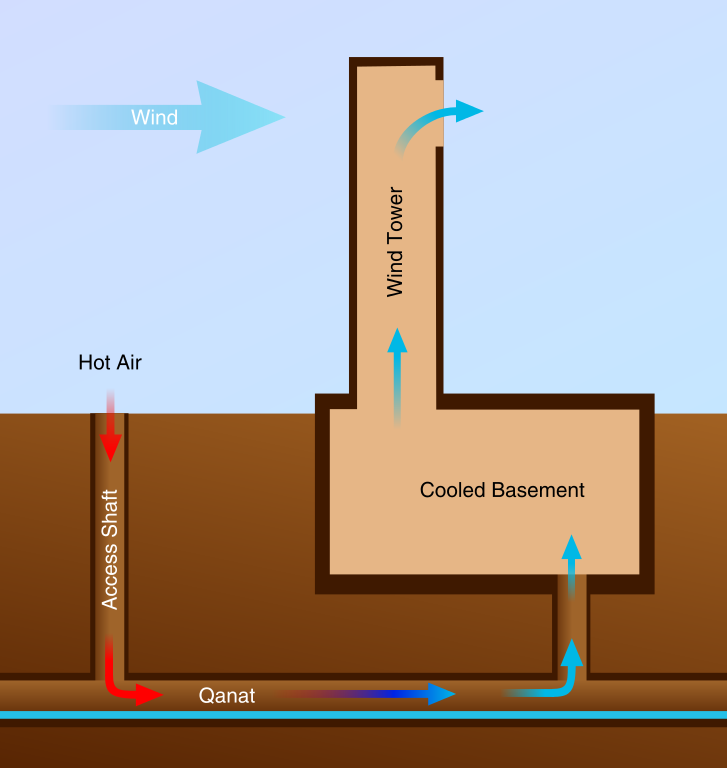
Diagram of a building cooled by a qanat and wind tower natural ventilation system.
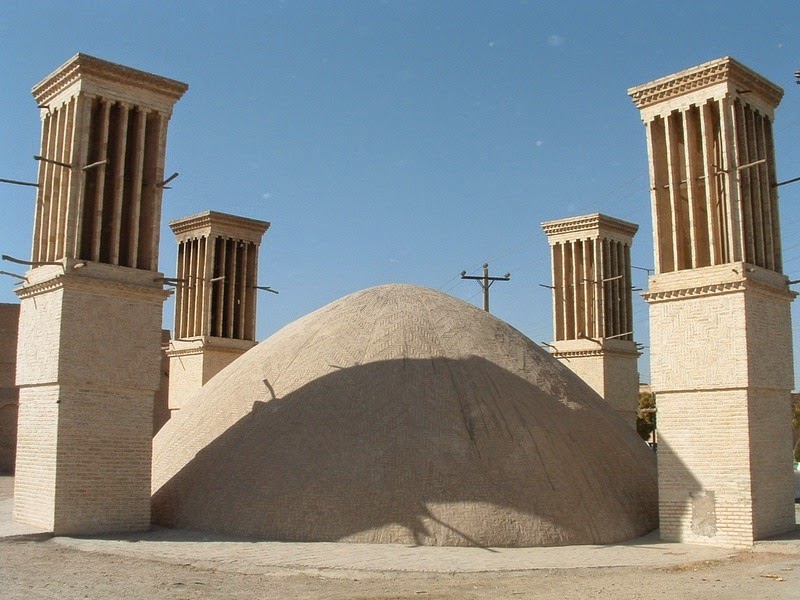
A water reservoir with a windcatcher in Yazd. Photo credit
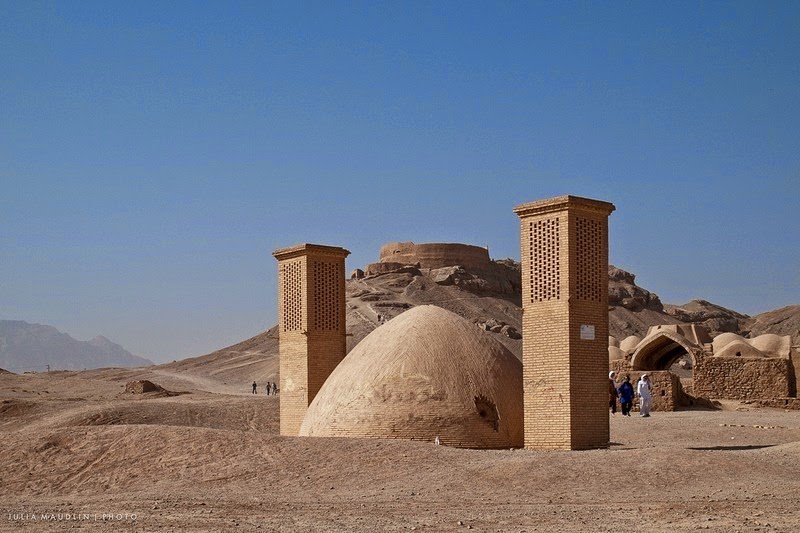
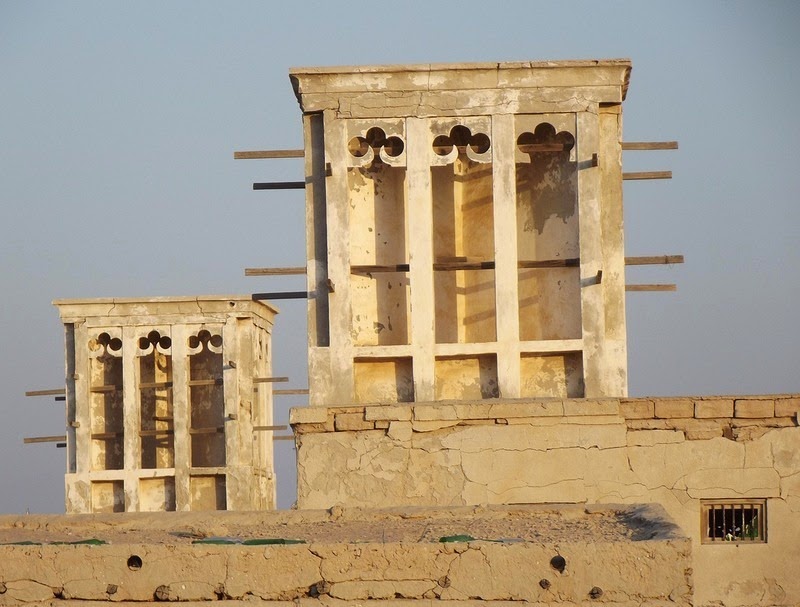
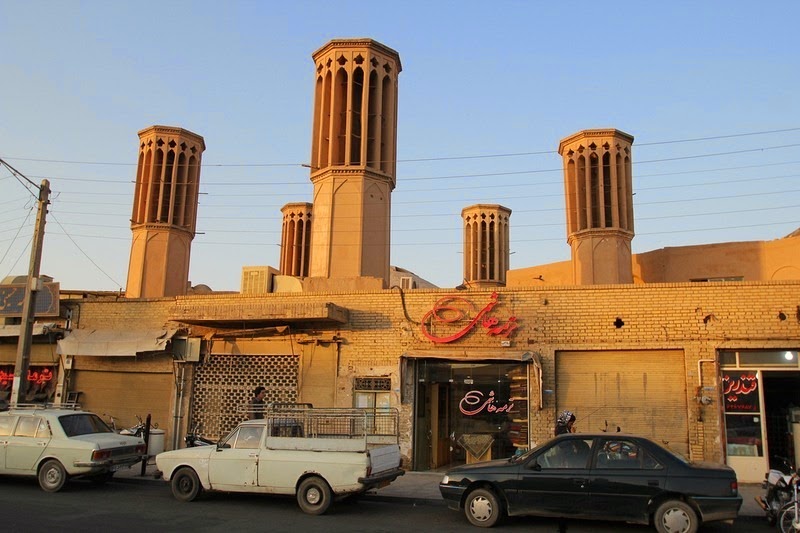
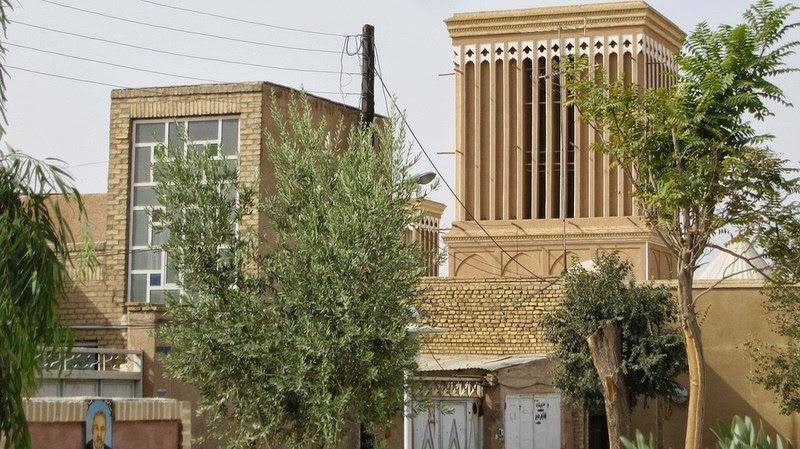
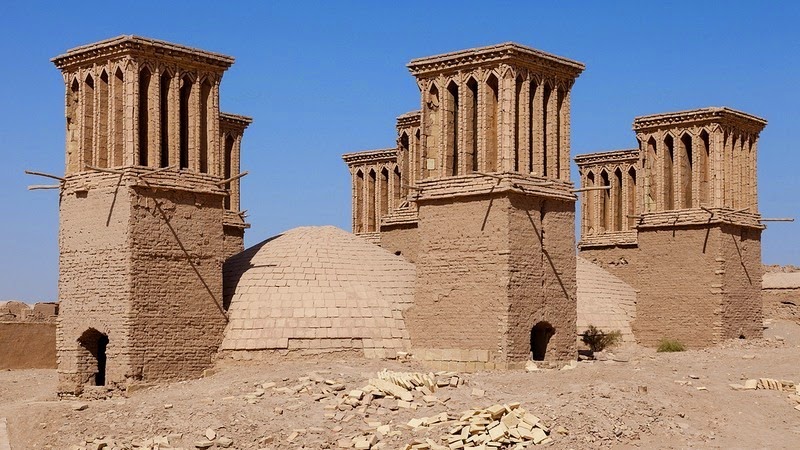

Sources: Wikipedia / Historical Iran / Weebly

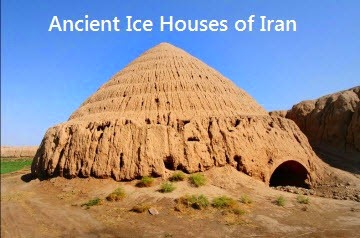



Comments
Post a Comment